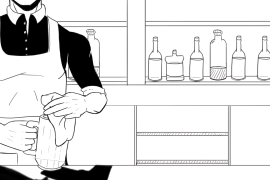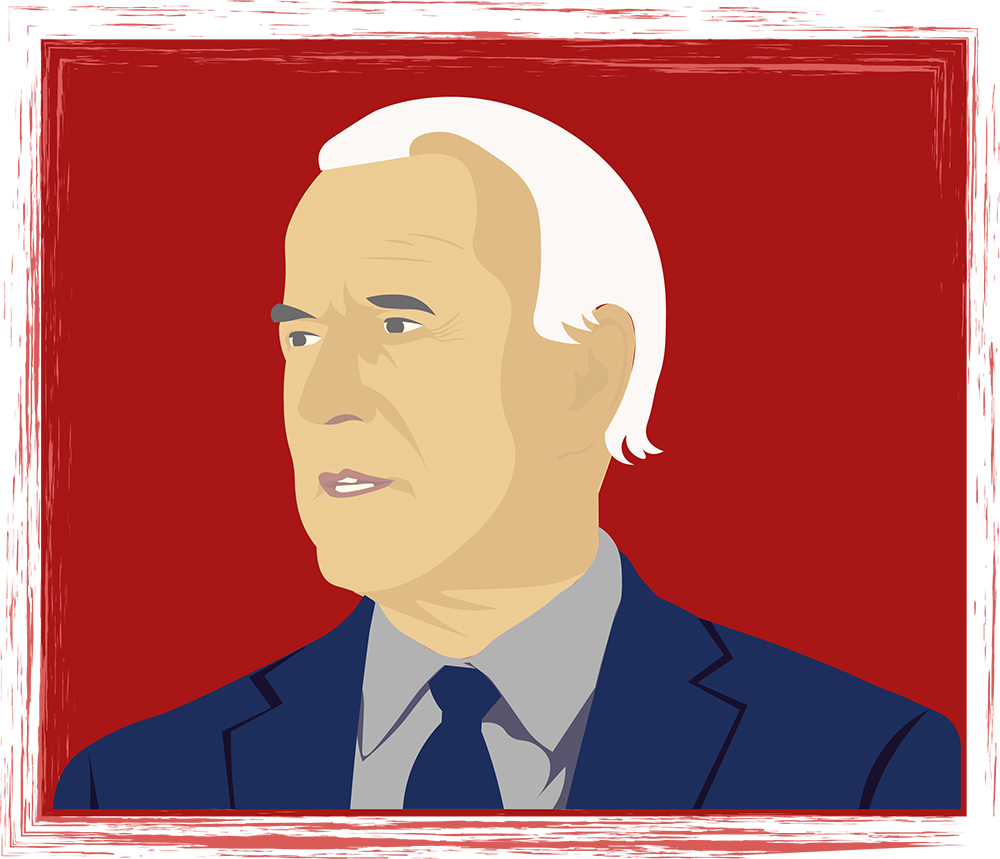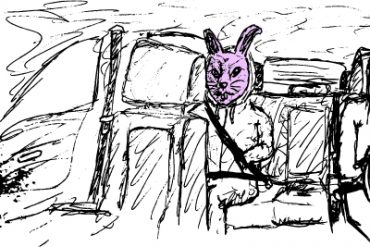Areas of increased poverty have increased rates of gang violence, and the group primarily affected is children and teens. Levels of violence in the United States have increased significantly in the past few decades. Most of that violence occurs in areas of poverty, and it’s due to inadequate resources and treatment of minority groups.
“Poverty; the state of one who lacks a usual or socially acceptable amount of money or material possessions,” Merriam-Webster Dictionary. Poverty is currently a plague upon the world and has been since long before our time. However, some people don’t know exactly what poverty looks like. According to Robert D. Crutchfield and Tim Wadsworth, poverty is visible in poor housing, distressed neighborhoods, and disrupted families. A research team at Pennsylvania State University deduced that inadequate structural conditions can overpower one’s individual disposition, which leads to poor decisions and lifestyle choices. The conditions of poverty are harrowing, leading to violence in the affected communities.
According to James Howell and John Moore in their project “The History of Street Gangs in the United States”, gang violence has been around since the early 1600’s. There have always been instances in world history of majority groups pushing down minority groups; trying to put limits on their lives and what they can accomplish. The circumstances that minority groups faced have always faced have been passed down through the generations up to (and including) the present. The creation of the first gangs was fueled by the poverty and migration of those minority groups. The original basis for gangs was to create an inclusive community and honor their members. However, through necessity and lack of access, gangs began to turn to crime in order to survive.
Teens in impoverished areas feel the pull of local gangs on a daily basis. According to the
American Sociological Review, a key to social development is a sense of community, and that is exactly what gangs offer. It is easy for people living in poverty to feel lost and alone, and that’s how gangs pull children and teenagers into their ranks. Gangs feed off of the social disorganization of low income areas to add new members to their ranks. Recruiters even hang out around schools to build relationships within the neighborhood. Children do not necessarily need to be in gangs to experience the consequences. Exposure to violence perpetuates the increase of violence, and with that cycle of violence comes death. In 2003, children ranging in ages from 10-24 were murdered at a rate of 15 people per day in the United States. Children are the world’s future and they are being slaughtered in their own communities.
Gangs have set social structures, according to research professor Cora Burnett. There are over 28,000 gangs in America, and 731,000 gang members. At the top of the food chain are the gang leaders. Those leaders create intense initiations in order to stay in power and only allow loyal people into the gang. The initiations are almost always dangerous and violent, but gangs offer teens a chance to seek a higher social status within their communities. Examples of initiations include committing robberies, receiving beatings, and even carrying out murders. Once someone completes a gang initiation, it is extremely difficult to get out of the gang. The gang mentality is, “once you’re in, you’re in for life.” Leaders of gangs will go as far as to threaten or beat a member’s family in order to keep them in line. That method is also used to recruit members of the community who are reluctant to join in on the violence.
Teenage members of gangs are at the bottom of the social structure, as outlined by Professor Burnett. They tend to do more errand based tasks such as; delivering messages, picking up packages, delivering packages, and keeping an eye on the neighborhood and reporting any news. Younger members are rewarded for their loyalty through money, material objects, and protection. It is often easy to pick out the children and teenagers who are working for the gangs, because they have an odd amount of material wealth in an impoverished area. The adult members of the gang are also trying to up their status in the community. Many gangs show their superior power by offering protection to the neighborhood, which further boosts their social status. In many ways, gangs are a social tool for most of the members.
There are many solutions to the issue of poverty and its correlating gang violence. The first step is to provide more education for children. That technique is a preventative solution, because it provides children with information and resources early on to resist violence. That early intervention can help students break the cycle of violence on their own. Education is not the only way to support impoverished communities. Increasing the employment rate would help people lift themselves up over the poverty line. We can achieve that goal by investing in the community and encouraging businesses to open shop in those impoverished areas. Once they are over that line, the citizens will not need to rely on the gangs for resources and assistance.
It is also key for communities to have common positive goals in order to halt gang violence. That can happen when communities invite positive role models into their community to interact with children and teens. It creates a safe environment where people (namely children) can be supported, and that is a goal that everyone should get behind. The majority of the community will want what is best for the children. Something that children desperately need is access to resources and health care. Every person needs help or advice at some point in their life; whether it be from a doctor, a counselor, or a friend. That support helps build a solid foundation for one’s life. When that access is not available, one might look towards other places or people for support. That can lead to young people becoming involved with gangs, because they feel as though those gangs are their only option.
Professor Cora Burnett once wrote that to live in an isolated/impoverished community is “[t]o make do with string where rope is needed.” In order to resolve the larger issue of gang violence, we must first address the root issues such as education, access to health care, and access to resources. It will take a lot of work and cooperation, but in the end I believe we can stop the cycle of violence.




